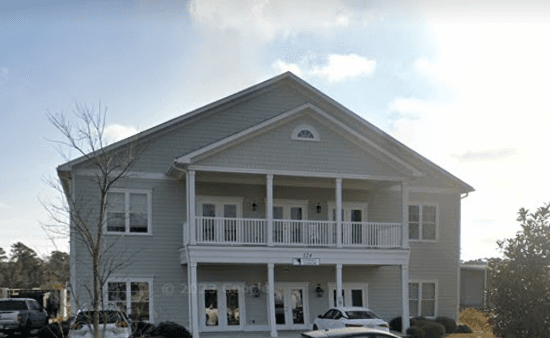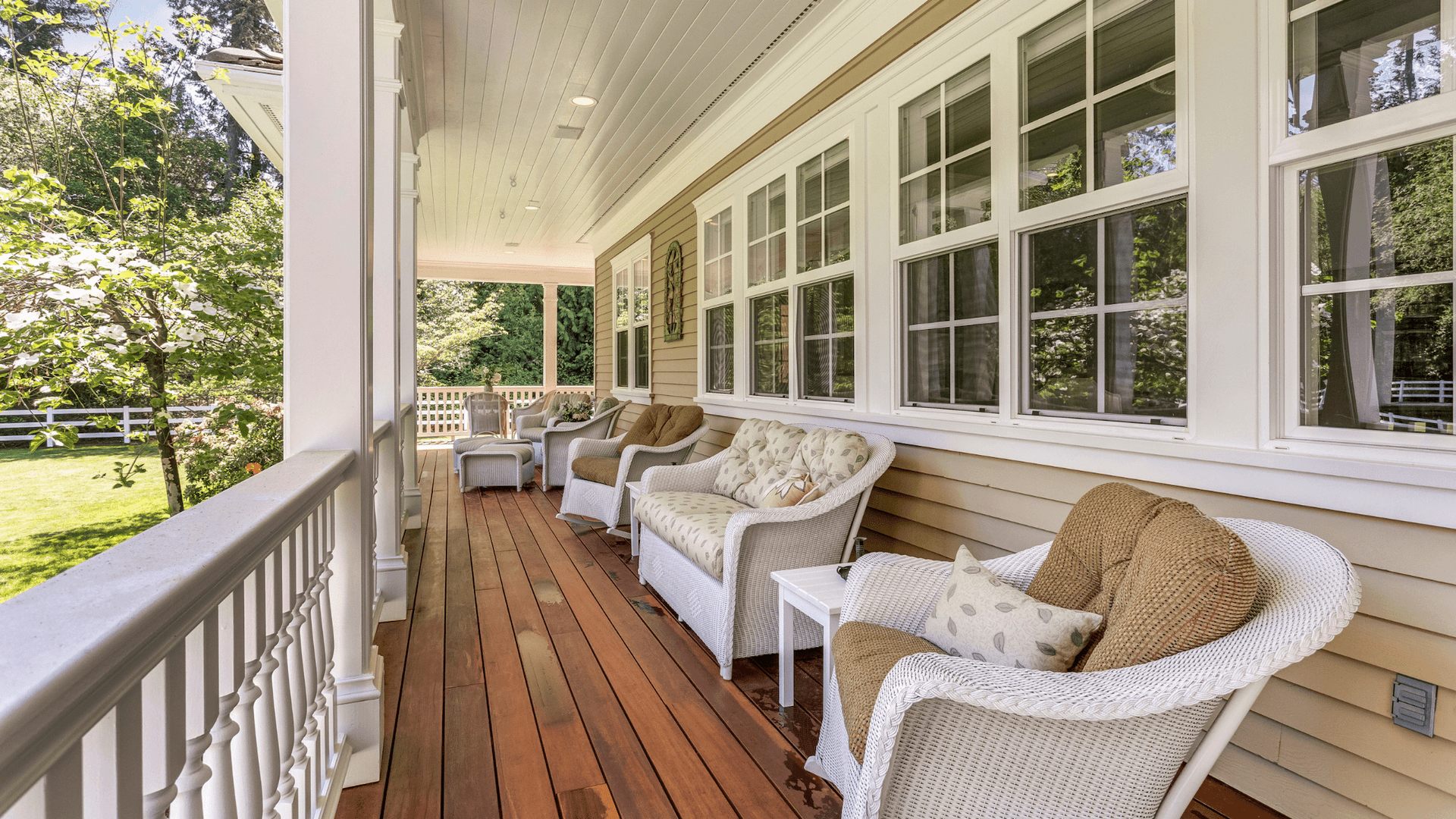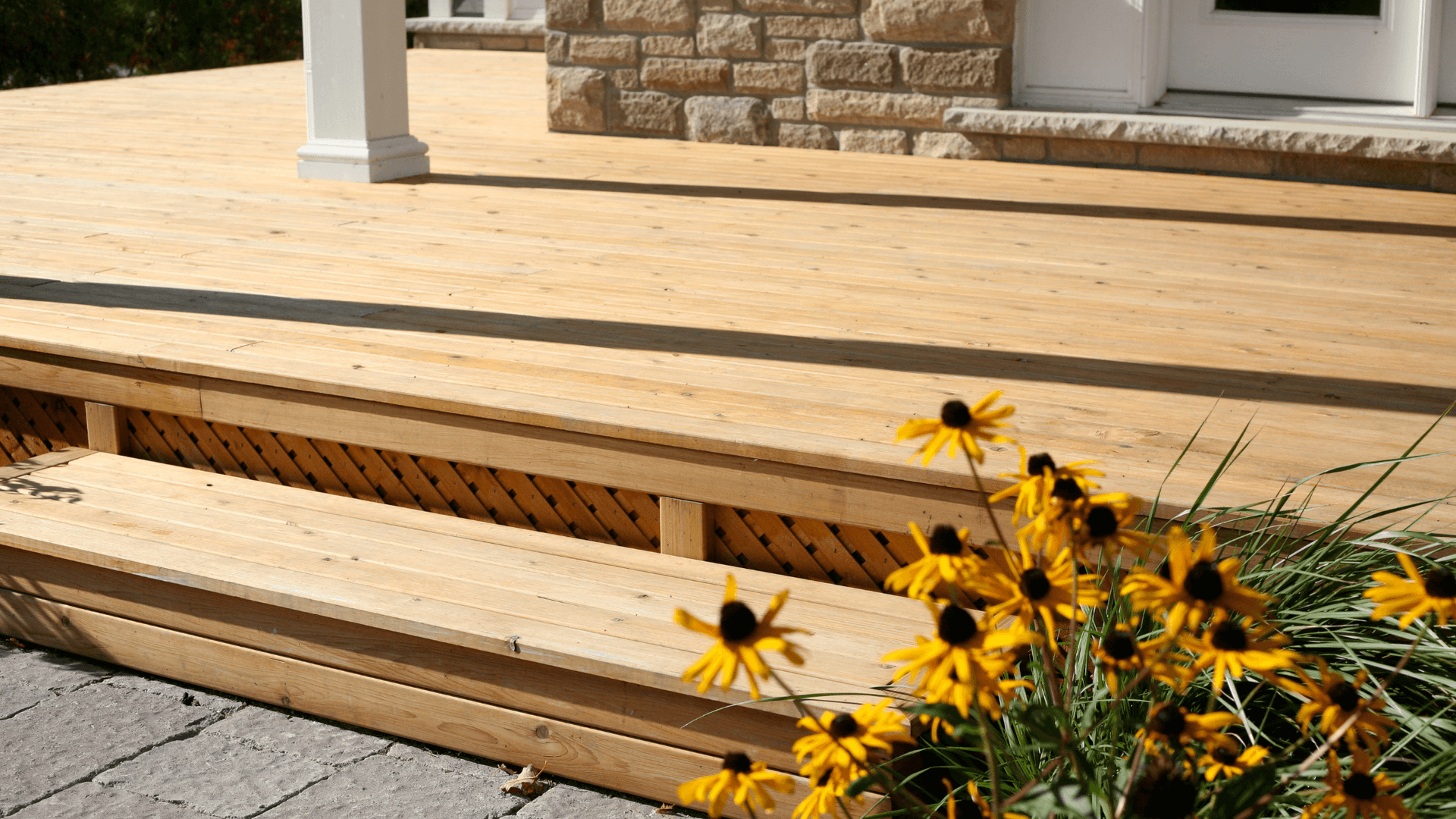Put to the Test: James Hardie Color Plus Siding vs. James Hardie Siding
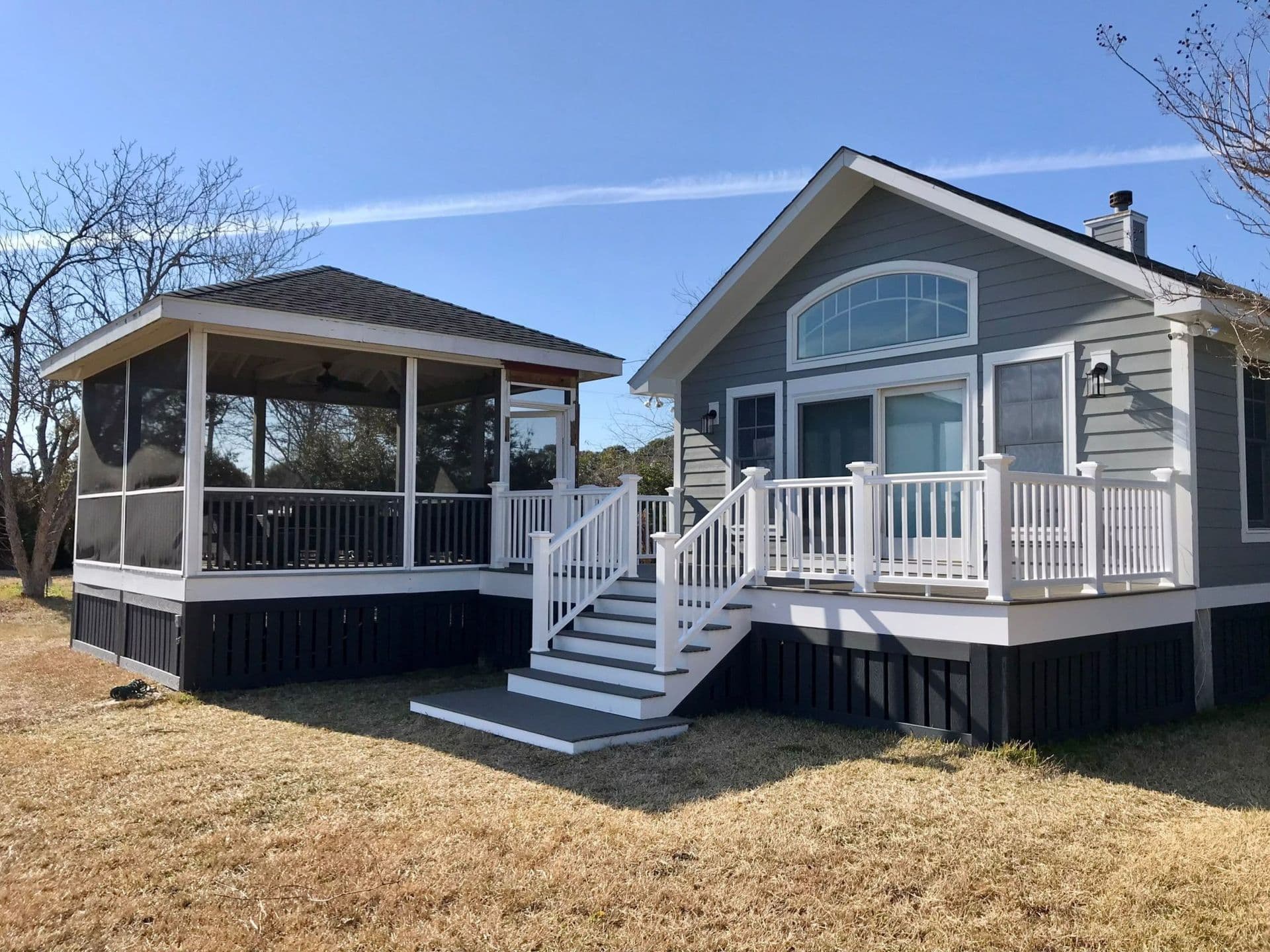
Homeowners look for ways to increase their property value. One of the first things they think about is siding.
Two very popular options in the market today are James Hardie ColorPlus Siding and James Hardie siding. But which one is the best?
This article will help you decide which one would be best for your home. In this post, we put both products to the test! Keep reading to learn more.
What to Know About James Hardie Board Siding
James Hardie siding is a fiber cement that looks like wood. It’s durable and resistant to fire, moisture, and pests. It is also able to withstand high winds.
This fiber cement siding is best when installed by a James Hardie Elite Preferred Installer. We make sure they have the knowledge, skillset, and manufacturer’s backing. We always deliver an exceptional siding product and experience.
The materials include cement, sand, and cellulose fibers. This composite forms a strong, durable product. Here are some of the benefits:
- The material gets formed to look like wood or shingles
- The strong material holds up against severe weather and fire
- The boards come primed
- The boards are in the mid-price range of affordability
This solution comes primed and allows you to paint the siding with any color that moves you.
What to Know About James Hardie ColorPlus Siding
The ColorPlus technology comes pre-painted. The primed boards receive a factory coating of paint based on the buyer’s color selection. This provides your home exterior with a long-lasting and appealing appearance.
Here are some of the benefits:
- In factory priming and painting of boards
- Pre-painted boards come ready for installation
- Withstands UV rays
- Less fading
- Longer lasting vibrant color
The color selections make your color choice simple.
James Hardie ColorPlus vs. Primed Board Siding
Both types of James Hardie siding withstand tests of moisture and wind. Both siding alternatives are quite effective. But you’ll need to pick the one that best matches your needs.
The key differences between ColorPlus and James Hardie Primed siding follow.
Color Choices
Primed boards offer almost countless color choices. Any minor touch-up repairs get painted to match the original color. Even caulking gets painted to match.
ColorPlus boards have a limited palette of 20 preset colors. A Dream collection extends your choices close to 700 colors. The colors are timely and popular.
Availability
The primed boards are rarely out of stock and have immediate availability. ColorPlus boards have to be specially ordered.
Save Cash
Primed boards can save a little cash up front compared to ColorPlus boards. While primed boards are cheaper, you have to paint the entire exterior.
30-Year Product Warranty
Both sidings carry the same 30-year limited warranty. The warranty requires a James Hardie Elite Preferred Installer like Contract Exteriors. Non-preferred installers void the warranty.
15-Year Paint Warranty
There is no color warranty available for the primed boards. They will eventually need re-painting years after installation. The only paint warranty will come from the paint company you choose.
ColorPlus comes with a 15-year limited warranty. The warranty covers the paint and labor. The warranty covers peeling, cracking, and chipping.
Most paint warranties cover the paint only, not the painters. The duration is 2-3 years in length, although there are a few companies that have a 7-year warranty.
But ColorPlus stands at 15-years. This is possible because of the factory color coating technology.
Types of James Hardie Siding
James Hardie fiber cement siding comes in several styles. Not all styles are available in both the Hardie siding and ColorPlus. You’ll want to check with your James Hardie Elite Preferred Installer to learn what is available.
Here are the types of planks:
Plank Lap Siding
This is the top seller in North America. It has a timeless design and comes in several types of textures.
- Select Cedarmill—A soft cedar wood look
- Beaded Cedarmill—The bead is popular in coastal communities
- Smooth—A sleek modern looking siding
- Beaded Smooth—A modern look with a cozier feel
Textured Panels
The panels empower you to achieve your dream look. Architects use these panels for contemporary textures and architectural lines. They get used for styles that are traditional, ultramodern, or something between.
- Fine Sand—A fine-textured, smooth, and consistent finish
- Fine Sand-Grooved—Fine textured, smooth finish with grooves milled every 16-inches
- Mounded Sand—This gives the rough-textured, stucco look
Shingle Siding
Shingle siding has become popular for architectural highlights. The style is no longer used solely for Cape Cod-style homes. Today, shingle siding or “shake siding,” provides instant character to any home.
- Straight Edge Panel—A clean-lined shingle look gives a touch of refinement
- Staggered Edge Panel—A laid-back style used for cottages and ranch homes
Vertical Siding
Architects mix and match styles to enhance the character and curb appeal of homes. The use of intermixing vertical siding creates that often requested look.
- Select Cedarmill—A soft cedar wood look
- Smooth—A sleek modern looking siding
- Stucco—A warm and inviting look
- Sierra 8—A subtle combination of texture and linear detail
Trim Products
When focused on siding, people tend to forget about trim. It is the final touch on any architectural design. Trim shows up in several forms, including:
- Corners
- Columns
- Fascia
- Soffit
- Window and Door Trim
- Band Boards
Trim Boards
While some choose to use trim to create clean edges, others use it to accentuate the design of the house. The good news is that the long-lasting material used to make the siding is also used for the trim.
- Rustic—A wood-like raised texture with a vintage look
- Smooth—A timeless style
- Rustic Grain Batten Boards—A rustic grain finish
- Smooth Batten Boards—A more traditional/contemporary look
Soffit Panels
Soffits cover the underside of the roof eaves and exterior porch ceilings. They come in both solid and vented profiles.
- Non-Vented Cedarmill—Raised texture that looks like wood
- Beaded Porch Panel—A charming beaded texture with a cottage look
- Non-Vented Smooth—A timeless style
James Hardie Elite Preferred Installer
The best type of siding is up to you. You can select from different styles as well as types of siding. The key is selecting a preferred installer that provides the full 30-year warranty.
Contact Contract Exteriors today for your next siding project. We’ll help you determine which siding is best for the look you desire. Also, feel free to request a sample James Hardie product.
Get A Free Estimate!
Recent Posts
Outstanding Reviews
Brooks was my contractor on the project. He was awesome! He was there with me every step of the way! Eugenia was very helpful in the office and assisted me in getting the HOA approval. Jason explained the warranty process and even brought me a cake!
Everyone we came in contact with was very cooperative and easy to work with. It was a pleasant experience from the first online chat. They listened to us and helped solve any issues we were concerned about
Wow, this company goes above and beyond. From the very first reach out to the very last interaction once the job was completed. Everything was done first class. The quality of work, the constant communication and level of service was like nothing I’ve ever experienced with any contractor. I priced out a couple different contractors compared to contractor exteriors and I will tell you I would have paid more just to have this experience with them. I had Jonathan as my project manager and he was exceptional.
Very happy with our new Timbetech front porch deck and steps with AZEK facia and risers. Everyone at CE was responsive and very professional explaining every step in detail! We have several homeowners in our community who have already asked for contact info info. Jonathan is a very good project manager and ensured we were satisfied with the quality, cleanliness, and appearance of our new front porch! Thank you!
In choosing a company to replace our deck, we researched and decided to use Contract Exteriors. We definitely made the right choice. We are very pleased with the results. Special thanks to Brooks, our Project Manager, who kept us updated and informed everyday.
Contract Exteriors did a great job for me. The entire group was very responsive, and my deck project turned out fantastic. My project, as all projects, had some surprises that were handled professionally and promptly. Randy, Brooks, and the office staff were great throughout the process. They proactively kept me informed on the status of the project. I never had to call twice to get a question answered or ask for an accommodation.
We couldn't be happier with contract exteriors and the job they did. Our beach house looks brand new with the new Hardie board and white trim. EVERYONE was friendly, well mannered, professional, and was always ready to answer any questions that we had. Miguel and his crew did an excellent job. Brooks the project manager was wonderful, and also Chad who helped us from the very beginning, also the girls in the office. We would not hesitate to use them again.
This company did an amazing job on my siding project. From start to finish they were very professional, helpful, and on time. Eugenia clearly communicated the whole process to me before they even started the project and Brooks was always available to answer my questions. He even came and ensured the cleanup was perfect and finished up the exterior lighting. Even after the project was finished this company ensured communicated to ensure everything was perfect. Super pleased. Thank you!
Everything about this group was extremely professional. Renovations can be challenging but they carefully made sure that their products and our original structures fit together seamlessly. We are truly looking forward to our new elegant deck that will be essentially maintenance free for many, many years. We will definitely use this company for future projects.
Matt Kuzdrall made our whole experience of purchasing two new roofs for our buildings at the Children's Recovery Center so easy. Matt was professional and had all the answers to any questions we had. He has followed up since our new roofs have been installed to make sure everything is still great. Matt is awesome and I would recommend him to anyone I know looking for a new roof.


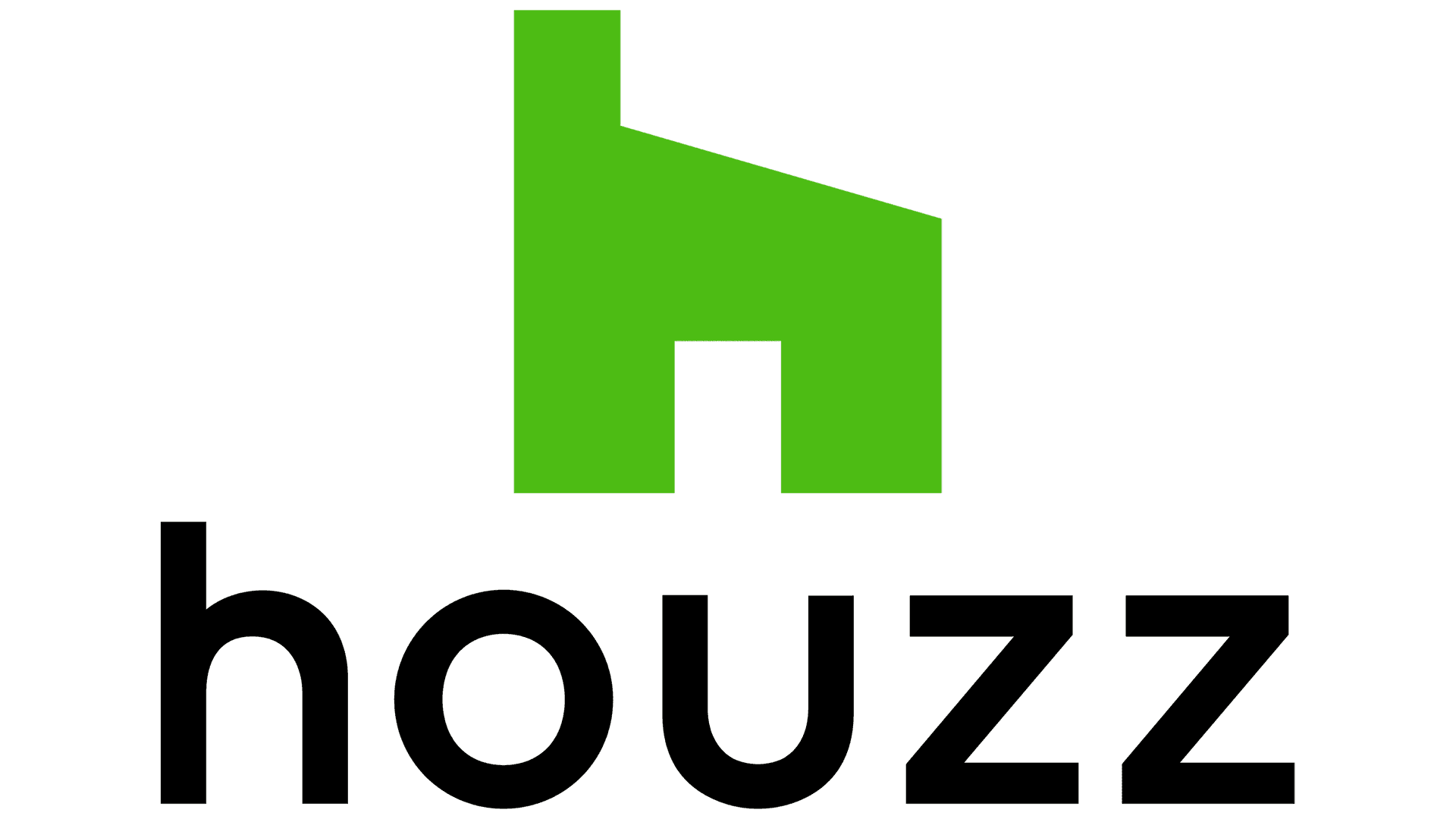

Our Teams Are Conveniently Located Near You
